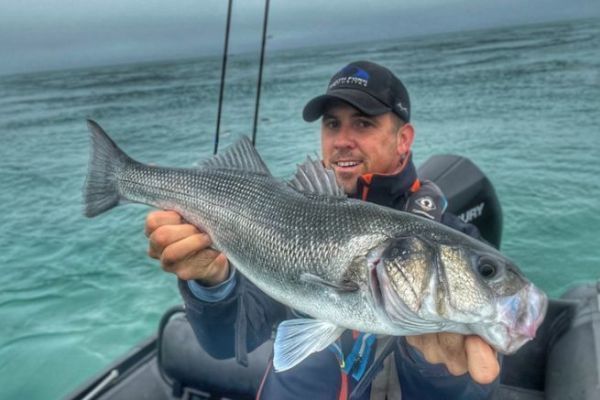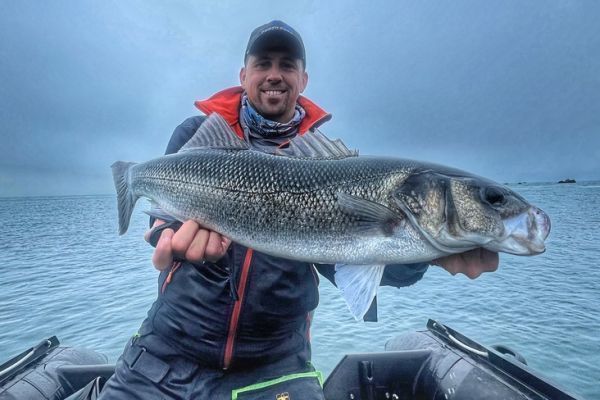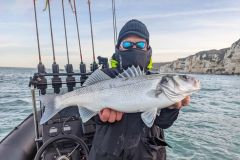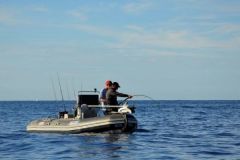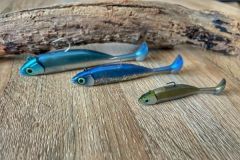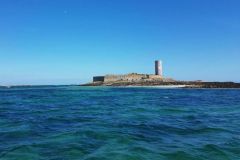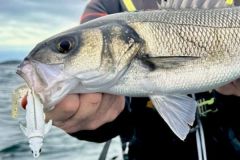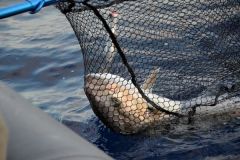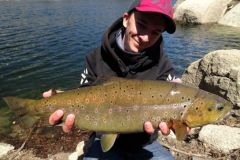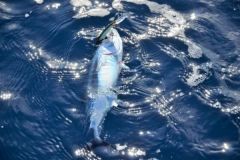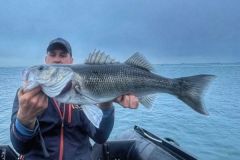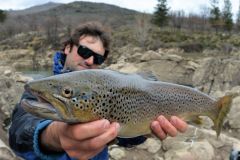Equipment for big bass fishing
Big fish mean special equipment. Given the spot where I'll be looking for them, it's an area with a very strong current that will require vertical fishing with fairly heavy lures and letting the shad glide as close to the bottom as possible.
I opted for a Rodhouse rod, the NFC MB 739 IM. With a length of 2.21 m and a power of 25/80 g, it's one of my favourites for this type of technique. Its action makes it easy to animate lures just above the bottom while letting them hover. Its resonance is exceptional and the slightest touch or contact with the bottom is easily detected.
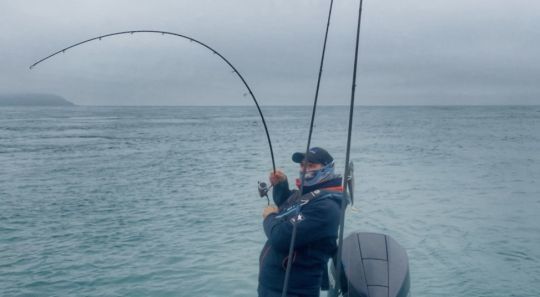
Last but not least, its power means you can use it with fairly heavy lures and, above all, extract fish with authority from the strong current once you've hooked them.
Lure of the day: a Black Minnow 160 mounted on a 60-gram head. You'll need at least that to hold the bottom.
A technique adapted to the fishing area
The area where I target these big fish is a strong current where the drift is close to 5 knots. In such conditions, it's difficult to fish far from the boat, as the lure has difficulty moving close to the bottom. In these conditions, I mainly fish vertically or slightly offset from the boat.
In this area, the depth varies between 10 and 15 meters. I have to use heavily leaded lures to hold the bottom. The use of a Black Minnow proves opportune given its Texan rig.
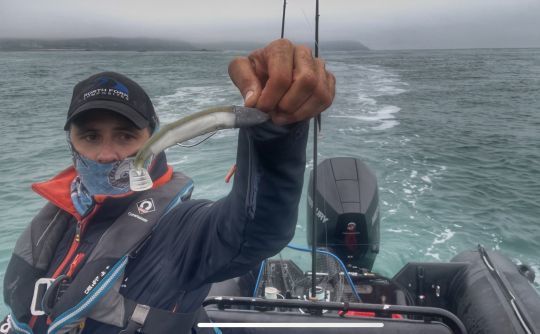
The speed of drift is such that the risk of crookedness is very high. A Texan mounting greatly reduces this risk.
The water is relatively tinted this day, so I opt for the khaki color. With clearer water, it's usually the blue color that gives me the best results.
The fishing technique is relatively simple. It consists of moving about ten metres away from the boat, making contact with the bottom once, then floating the lure as close to the bottom as possible.
I keep a constant eye on the sounder to see the relief of the bottom. As soon as I see the drop-off, I let a few metres of streamer go to keep the lure as close to the bottom as possible.
The bite is generally violent and the fish quickly catches the current. The drag setting is light enough to avoid the risk of breaking.
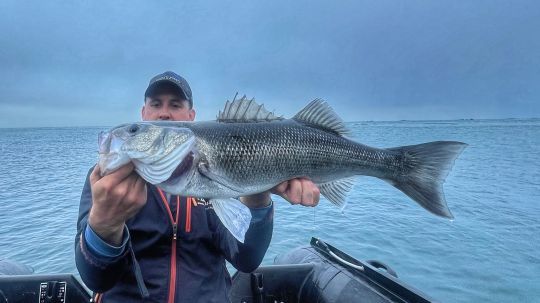
A drift that can only be described as magical
Once all the conditions have been met and the technique mastered, it's time to move on to the next fish.
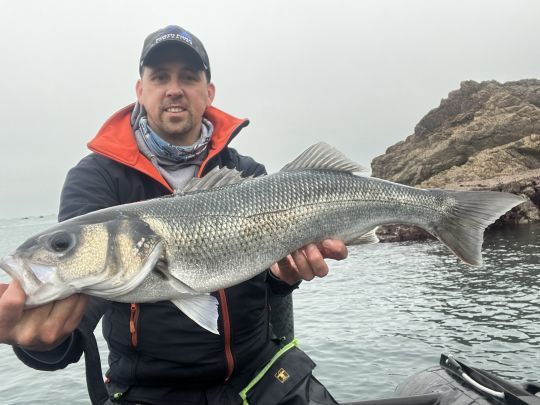
On this drift, which is very short given the speed of the current, I'm only allowed one chance. The fish are at a precise spot where the lure must fall. On the other hand, every time I manage to get the lure to the right spot, I'm guaranteed a hit.
Precision of drift placement is paramount. A few meters off and I'd miss the fish.
To go up the drift, I make a wide detour so as not to pass over the fishing zone again.
In the end, I managed to string together around twenty fish on this stone.
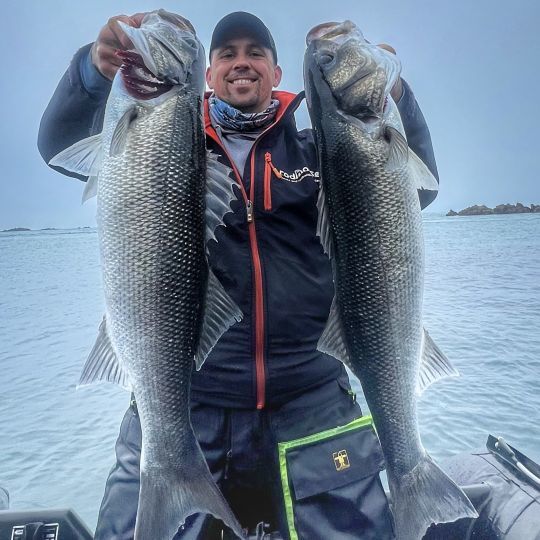
This kind of spot, which works so regularly, needs to be fished with care. That's why, after such a session, I don't go back for several days, even weeks. This allows me, almost every time conditions are good, to achieve some very fine fishing.
